Developing the hydrogen capital of europe

Over the next five years, the Northern Netherlands will become the leading hub in one of the greatest transformations Europe has ever faced: the transition to a hydrogen-based energy economy. But the region is also leading the way in developing the production and use of alternative gases, such as biogas and bio-LNG, which will be essential for a successful transition to a climate-neutral energy system. Welcome to the Hydrogen Capital of Europe!
The Northern Netherlands is going to be one great energy lab.
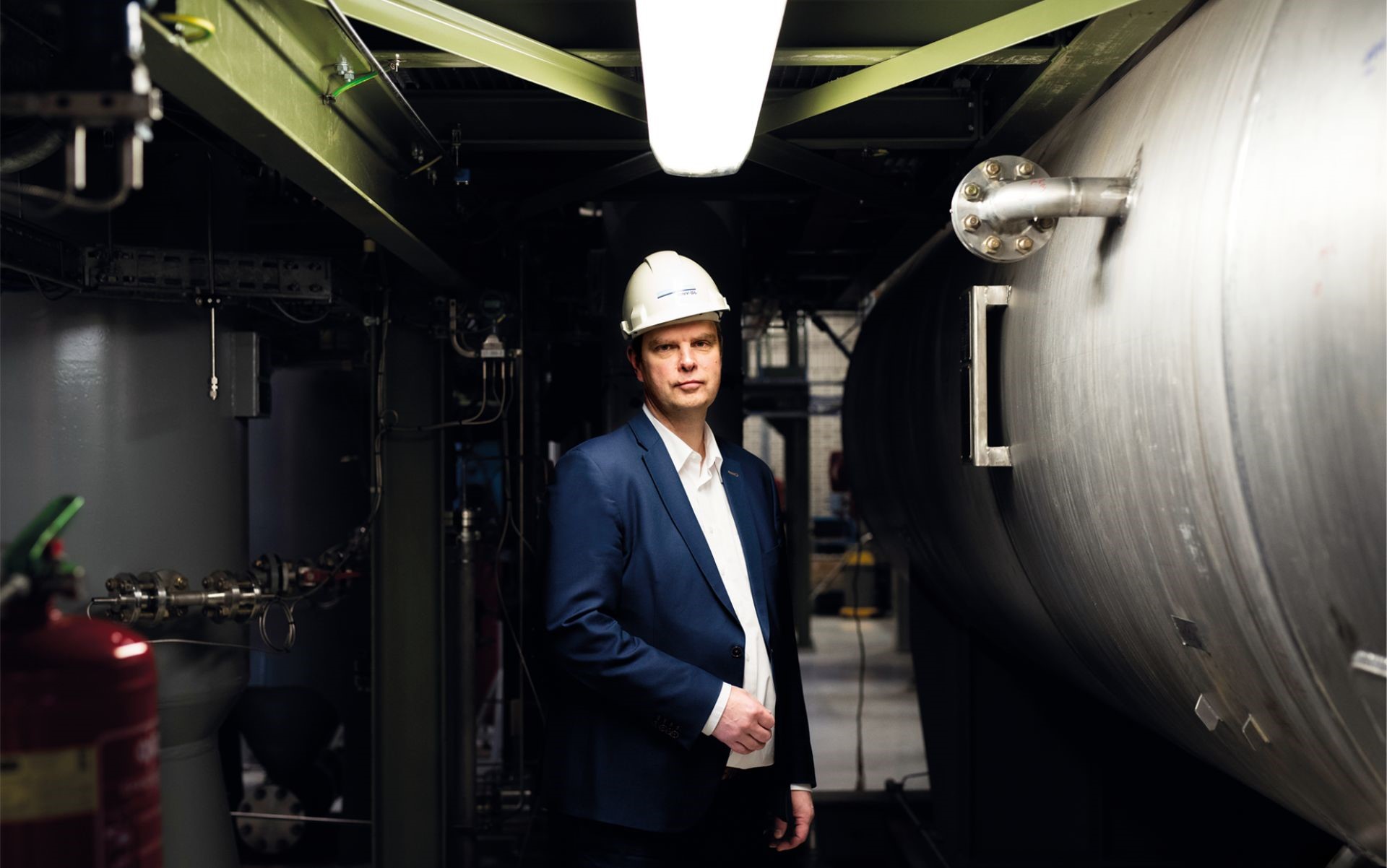
Johan Knijp, area manager of DNV GL, the world’s largest energy consultancy and certification body, which has strong roots in the TopDutch region, is ‘excited’ about the future of energy in the Northern Netherlands. In his office on the Energieweg (Energy Road in English) in a business district of the city of Groningen, Knijp explains that the region has embarked on an unprecedented transformation. For more than sixty years, natural gas from the giant Slochteren field in the province of Groningen fueled industries and power plants and heated the homes of hundreds of millions of people in Europe. But concerns over earthquakes and climate change led to a dramatic decision in 2018 to phase out natural gas production in Groningen.
‘This region decided on a new future,’ says Knijp. That future, he adds, ‘will still be intimately connected with gas. But it won’t be natural gas. Fossil-based gas will ultimately be replaced by greener alternatives. Above all: by hydrogen.’
In February 2019, this new future first took shape as the provincial authorities and regional businesses presented an ambitious €2.8 billion investment agenda with 33 hydrogen projects. In September, the European Commission announced that it would award the Northern Netherlands a €20 million grant to become Europe’s ‘flagship green hydrogen region’. The grant will be matched by €70 million in private and public funds to turn the region into the Hydrogen Capital of Europe, under the name Hydrogen Valley.
NEW ENERGY COALITIONWinning bid
The announcement from Brussels was greeted with joy in the northern provinces. And nowhere more so than in the offices of the New Energy Coalition, a Groningen-based ‘network and knowledge coalition’, specialized in ‘driving energy projects’ forward. The New Energy Coalition, housed in an award-winning sustainable building on the Zernike Campus of the University of Groningen and Hanze University of Applied Sciences, a hotspot of energy research and development, were the architects of the proposal that won the EU grant.
Patrick Cnubben, business developer at New Energy Coalition, explains why he believes theirs was the winning bid among six contestants. ‘What is unique about our program, is our integrated approach. If you want hydrogen to become the mainstay of a new energy system, it needs to be present in all parts of the energy value chain simultaneously: It needs to be produced, transported and stored, and it needs to be used in industry, mobility and heating. It also requires a new regulatory and safety framework. We brought all of this together in our plan.’
If you can handle gas, you can handle hydrogen.
Patrick Cnubben, business developer at New Energy Coalition
Hans Duym, Northern activities coordinator at Gasunie, the state-owned national gas pipeline operator, headquartered in another landmark building on the outskirts of Groningen, makes the same point.
‘When you look elsewhere in the world, what you see is single hydrogen projects covering both production and use. We will go a step further. We will have producers, transporters and users of hydrogen operating independently from each other, because they know they will be able to count on the other players in the value chain to deliver their bit. It is the first step towards a true hydrogen economy.’
Gasunie is one of the key players in the unfolding Hydrogen Valley in the north of the Netherlands. That’s no coincidence. The company has an obvious interest in replacing natural gas with green alternatives, so it can keep using its infrastructure and the expertise it has gained in over sixty years of gas operations. And Gasunie’s hydrogen activities will initially be strongly focused on the North, says Duym. ‘This is, after all, our home base.’
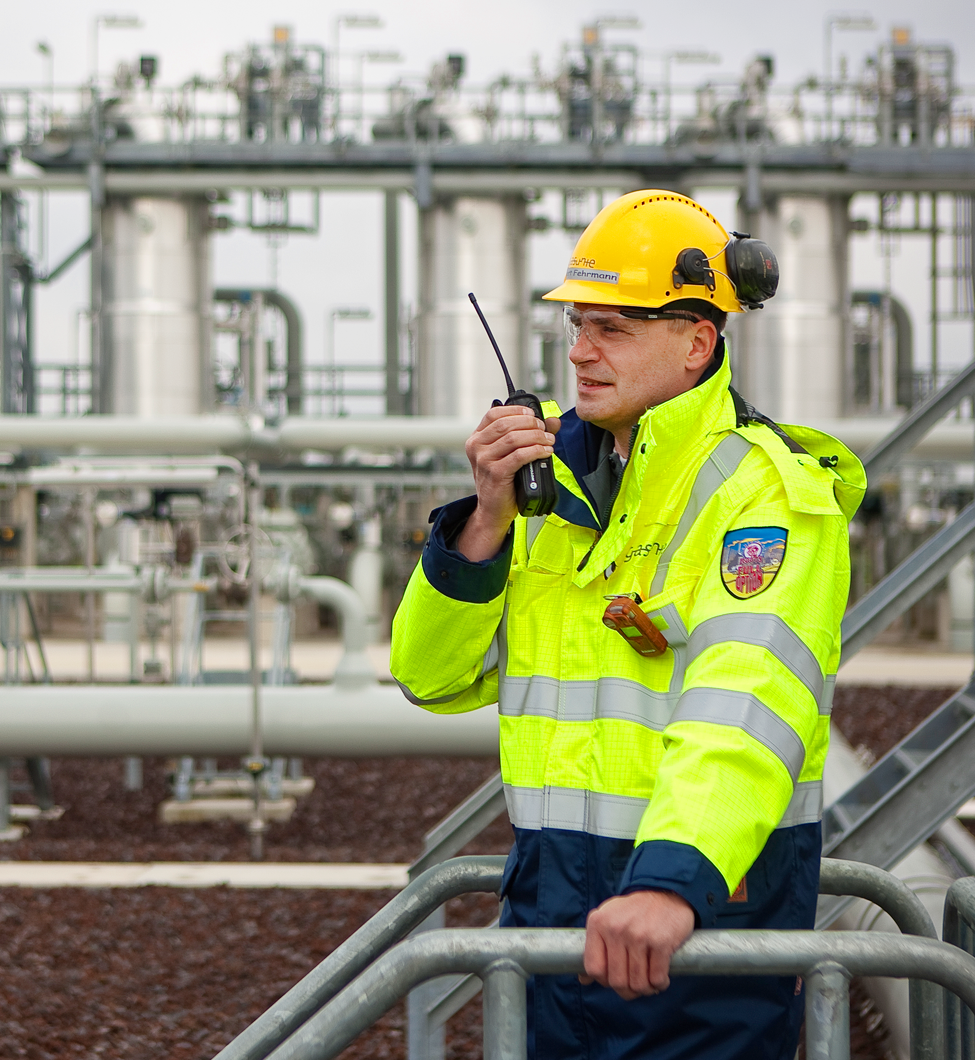
Biggest electrolyzer in the world
So, what are all these hydrogen projects that will be springing up in the cities, ports, islands and flat meadows of the northern provinces? There’s too many to mention them all, but let’s look at some of the most important ones.
The first pillar of the Hydrogen Valley will be the large-scale production of so-called ‘green’ hydrogen, based on renewable energy. In Delfzijl, the seaport on the northern coast of the province of Groningen, chemical company Nouryon and Gasunie will be building a 20 MW (megawatt) electrolyzer, which will convert power from wind farms in the North Sea into hydrogen. ‘It will be the biggest electrolyzer in the world,’ notes Cnubben, though he adds it is only a start. ‘In time, if we are serious about hydrogen, we will need gigawatts of capacity, not megawatts.’
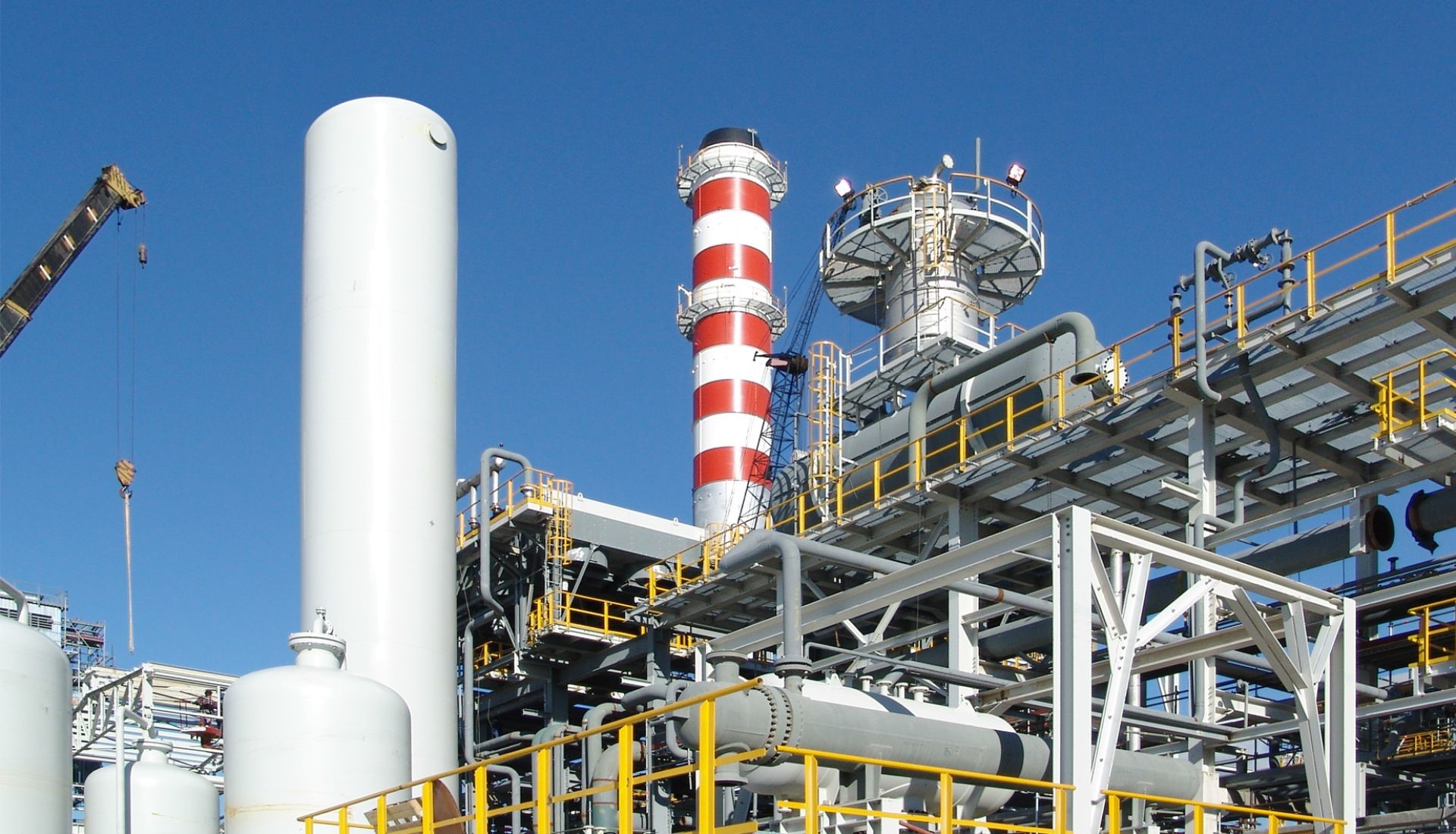
Duym of Gasunie confirms that his company does not intend to stop at 20 MW. ‘We are already looking at building a 100 MW electrolyzer in Eemshaven, together with French energy company Engie. And we are talking with them about a 1-Gigawatt electrolyzer.’ According to Duym, Engie, one of the largest energy companies in the world, is focusing its hydrogen activities on three areas: Australia, South America, and Groningen.
Gasunie is also involved in some smaller hydrogen production projects, for instance at the gas handling facilities of EMMTEC in Emmen. The EMMTEC industrial cluster has made a commitment to grow its use of hydrogen 3% per year, says Duym.
In the next five years a number of breakthroughs will happen here that will have an impact on a global scale.
Johan Knijp, area manager of DNV GL
Next, the Dutch Hydrogen Valley will include a number of key transport and storage projects, again with the involvement of Gasunie. The company will be converting one of its gas pipeline systems, running to Eemshaven, Delfzijl, Zuidwending and Emmen, to be filled with hydrogen. ‘Our North to South gas infrastructure has some redundancy now due to the reduction of Groningen gas,’ explains Duym. ‘This means we now have a pipeline that we can convert to hydrogen without impacting our natural gas deliveries.’
In addition, Gasunie will develop a gas storage cavern in Zuidwending to make it suitable for hydrogen. So far, the company sees few technical obstacles for the conversion process. Duym continues: ‘The steel we used in the pipelines is capable of handling hydrogen. We will mainly need to invest in new compressor stations and some appliances ’.
Cnubben of the New Energy Coalition notes that there is a lot of know-how in the Northern Netherlands when it comes to the transport and handling of gases. ‘If you can handle gas, you can handle hydrogen. They are both molecules. And the handling of molecules is something that we know all about in this region. We know how to do this safely and efficiently.’
HYDROGEN APPLICATIONSPioneering projects
The key to the success of hydrogen is ultimately how it will be used in the economy. Hydrogen has the advantage of being extremely versatile. It can be used in heating processes in heavy industry, in transport, to power cars, trucks, trains and ships, and in the heating of homes and buildings. All of these applications will be tried and tested in the Dutch Hydrogen Valley
In industry, for example, DNV GL is leading an international consortium of 30 companies which will be exploring how to use hydrogen in high-temperature processes such as are used in steel, cement and glass production. This is an extremely important project, says Knijp, and not just for the Northern Netherlands, but for the whole world. ‘For these high-temperature production processes no other alternative to fossil-based natural gas is available. You cannot electrify them. And they are responsible for very significant greenhouse gas emissions. This is why major companies from the UK and France as well as smaller companies from the Northern Netherlands are all participating in this project.’
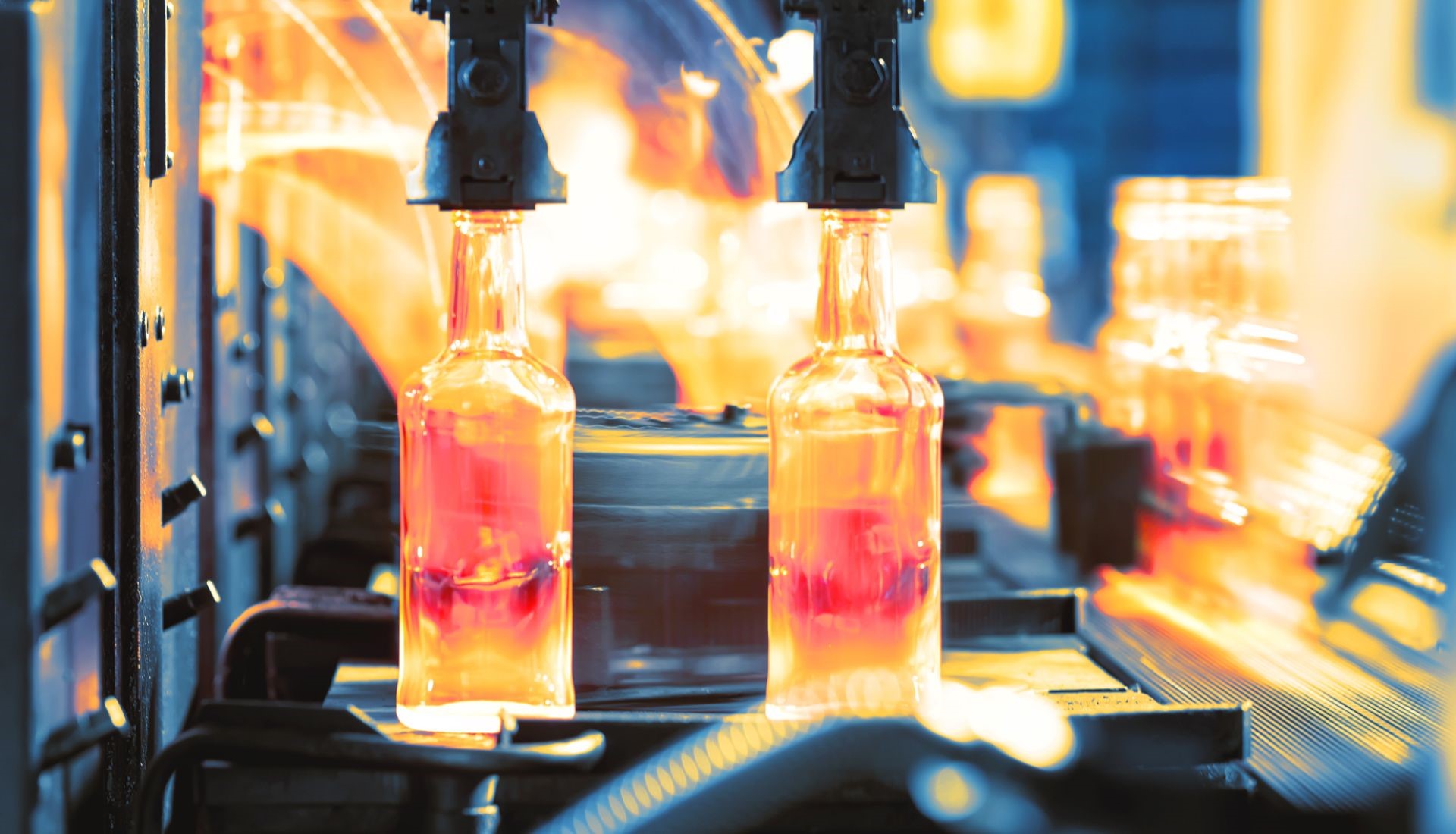
Duym similarly notes that there is a lot of interest from industrial companies in the region to explore the use of hydrogen. He mentions the example of Nedmag, a magnesium mining company in Veendam, which has committed to phase out its use of natural gas by 2035 and replace it with a mixture of biogas, solar and wind power and hydrogen.
What we are doing here is important for the whole world.
Johan Knijp, area manager of DNV GL
Another potentially pathbreaking project in the Hydrogen Valley is the planned installation of a hydrogen turbine to replace one of the three gas-fired units at the Magnum power plant in Eemshaven. Power generation is a major source of carbon emissions, and turbine manufacturers are only just beginning to explore the possibility of hydrogen turbines.
The Hydrogen to Magnum (H2M) project, which is being carried out by Mitsubishi Hitachi Power Systems (MHPS) from Japan, Equinor from Norway and Gasunie, has another unique feature. It will use hydrogen made from natural gas, but the carbon emitted in this process will be captured and stored in underground facilities off the coast of Norway. This type of project involving hydrogen production and carbon capture and storage (CCS) may be a world first at this scale. Duym notes its impact may be very significant. ‘It will take several decades before there is enough renewable power available to produce hydrogen in the quantities we need. The only way we can produce hydrogen in large volumes now is to also make it from natural gas and capture and store the carbon.’
Hydrogen may also be reaching into our homes in the coming years, as households will gradually be switching from natural gas heating to more sustainable alternatives. One advantage of replacing natural gas heating by hydrogen – rather than for example switching to electric heating – is that the existing gas infrastructure can continue to be used. All a household needs to do is replace its gas-fired boiler with a hydrogen boiler.
Dutch invention
How practical are hydrogen boilers? According to Johan Knijp of DNV GL, the answer to that question may well come from the TopDutch Hydrogen Valley. What not many people may know, he says, is that the modern high-efficiency gas boiler is a Dutch invention. ‘It was made 40 years ago in Groningen on these very premises on the Energieweg, by one of our most famous engineers, Pierre Bartholomeus, Sr.’
Now, DNV GL’s engineers have been designing the first hydrogen boilers, together with experts from Groningen gas companies Gasunie and Gasterra, says Knijp. What is more: the company has decided to make its technology freely available to all Dutch boiler manufacturers. ‘They were all here recently. To discuss how we can make hydrogen boilers a practical reality.’
Knijp expects Dutch manufacturers to be in the lead again in developing the new boilers, both for home heating and for industrial purposes. ‘What we are doing here is important for the whole world.’
One of the towns where hydrogen boilers will first be tested is Hoogeveen in the province of Drenthe. This year, 80 new houses with hydrogen boilers will be built in Hoogeveen. Together with partners, Bekaert Heating - a manufacturer of sustainable gas fueled burners based in Assen, Drenthe – is building the technical heart of the new hydrogen boilers. The hydrogen will eventually be supplied from Gasunie’s converted pipeline network.
The application of hydrogen which is probably getting the most public attention is in mobility. In the media this is often portrayed as a race between electric cars and hydrogen cars – and viewed in this way, there can be little doubt that electric cars are way ahead. All credits to Tesla!
Hydrogen buses
The application of hydrogen which is probably getting the most public attention is in mobility. In the media this is often portrayed as a race between electric cars and hydrogen cars – and viewed in this way, there can be little doubt that electric cars are way ahead. All credits to Tesla!
Yet many experts believe that, particularly in heavy transport, hydrogen may be a better alternative in the long run than electricity. This is because electric buses, trucks and ships require large and therefore heavy batteries, which has a negative impact on their payload. Batteries also have a more limited range than hydrogen fuel cells.
The TopDutch region certainly believes there is a future for hydrogen in mobility. A number of hydrogen fueling stations for buses and trucks will be built in the coming years in the region. For example, the Holthausen Group in Hoogezand, a clean technology and gas specialist, has announced plans to build 8 hydrogen fueling stations in the North and to convert 5,000 vans and cars to hydrogen.
Zernike Campus is where things are happening right now.
Johan Knijp, area manager of DNV GL
Local public transport company Qbuzz, which is investing heavily in electric city buses, nonetheless also believes in hydrogen for its long-range routes. It has been operating 2 hydrogen buses in Delfzijl and has ordered a further 20 which will be delivered by December 2020 to be operated on the regional routes around Groningen and Drenthe. In addition, for the period after 2020 Qbuzz is planning to operate 2 hydrogen coaches for the inter-city routes Emmen-Groningen and 10 hydrogen buses for the regional routes around Emmen.
In a more symbolic move, six companies, including Gasunie and the port of Delfzijl, are sponsoring the Dutch Olympic aquatic sports team at the Tokyo Olympic Games in 2020 under the name ‘Mission H2’. In this way the companies want to promote the image of hydrogen in the eyes of the public. ‘This is important because public acceptance is key to a successful transition,’ says Duym.
RESEARCH & DEVELOPMENTHydrogen Innovation Center
If you are impressed by this list of hydrogen initiatives – well, it’s not the whole story yet. The TopDutch region also intends to become a major R&D center in hydrogen. In a key move to make this ambition come true, DNV GL has announced it will be moving its offices and research labs from Energieweg to the research and educational ecosystem of Zernike Campus, where it will build a brand-new Hydrogen Innovation Center, starting in the summer of 2020.
According to Knijp, DNV GL’s Hydrogen Innovation Center will become one of the key ‘stepping stones’ in the hydrogen value chain that will be emerging in the region. Knijp continues: ‘Our new facility will be very close to the Energy Transition Centre (EnTranCe) at the Zernike Campus, which is also a center of hydrogen experimentation. Their focus is on applied research and education in a context of open innovation. Our Innovation Center will be focused more on research and technology on an industrial scale.’
DNV GL's brand new Hydrogen Innovation Center will be part of the multi-tenant building Plus Ultra Groningen
Knijp says that for companies looking to grow in the hydrogen sector, it is crucial that there are institutions and test facilities available that can help them throughout their development and growth process. He adds that he is very much looking forward to moving to Zernike Campus. ‘That’s where things are happening right now in energy research. It’s the place to be.’
For people like Knijp, Duym and Cnubben the conclusion is clear: The Northern Netherlands is saying goodbye to natural gas and building a new zero-emission energy system that will serve as an example to the world. ‘There is a strong political will here to make the energy transition happen,’ says Duym. ‘There is no turning back.’ He also notes that there is a strong willingness in the private sector to cooperate. ‘Companies are willing to explore solutions together and supply each other with waste products at cost price to facilitate projects.’
Knijp also praises the attitude of the public authorities and institutions in the Netherlands which are driving the energy transition forward. He is convinced this will deliver results. ‘In the next five years a number of breakthroughs will happen here that will have an impact on a global scale.’
GREEN GAS AND (BIO)-LNGAnd while we're waiting for the hydrogen revolution…
For all the high hopes being placed on hydrogen in the Northern Netherlands and the rest of the world, all experts agree that an energy system based on green hydrogen will take many decades to be built. What can we do in the meantime to make energy more sustainable? In those cases where green electricity is not a practical alternative, there are two other substitutes to natural gas that are important as ‘transition fuels’, according to Patrick Cnubben of the New Energy Coalition: LNG and ‘green gas’. And in both these areas, he adds, the Northern Netherlands is playing a leading role
Liquefied natural gas
LNG (liquefied natural gas) is the most controversial of the two, because it is still a fossil fuel. Nevertheless, LNG can help to reduce CO2 and other emissions, if it is used to replace diesel, says Cnubben, for example in heavy road transport and shipping. In addition, efforts are being made to produce a CO2-neutral variant, bio-LNG. ‘If you look at maritime shipping, for example, or long-distance road transport, electric batteries are not practical,’ says Cnubben. ‘They would be too big and therefore too heavy.’
The TopDutch region is well placed to play a leading role in developing LNG for transport, notes Cnubben. ‘We have a highly advanced shipbuilding industry, which specializes in building special-purpose ships such as ferryboats, dredgers and pusher tugs. Many of these companies are busy building LNG-powered vessels. Some ferry operators are also switching to LNG, like Rederij Doeksen, which runs the ferry service from the Frisian town of Harlingen to the islands of Vlieland and Terschelling.’
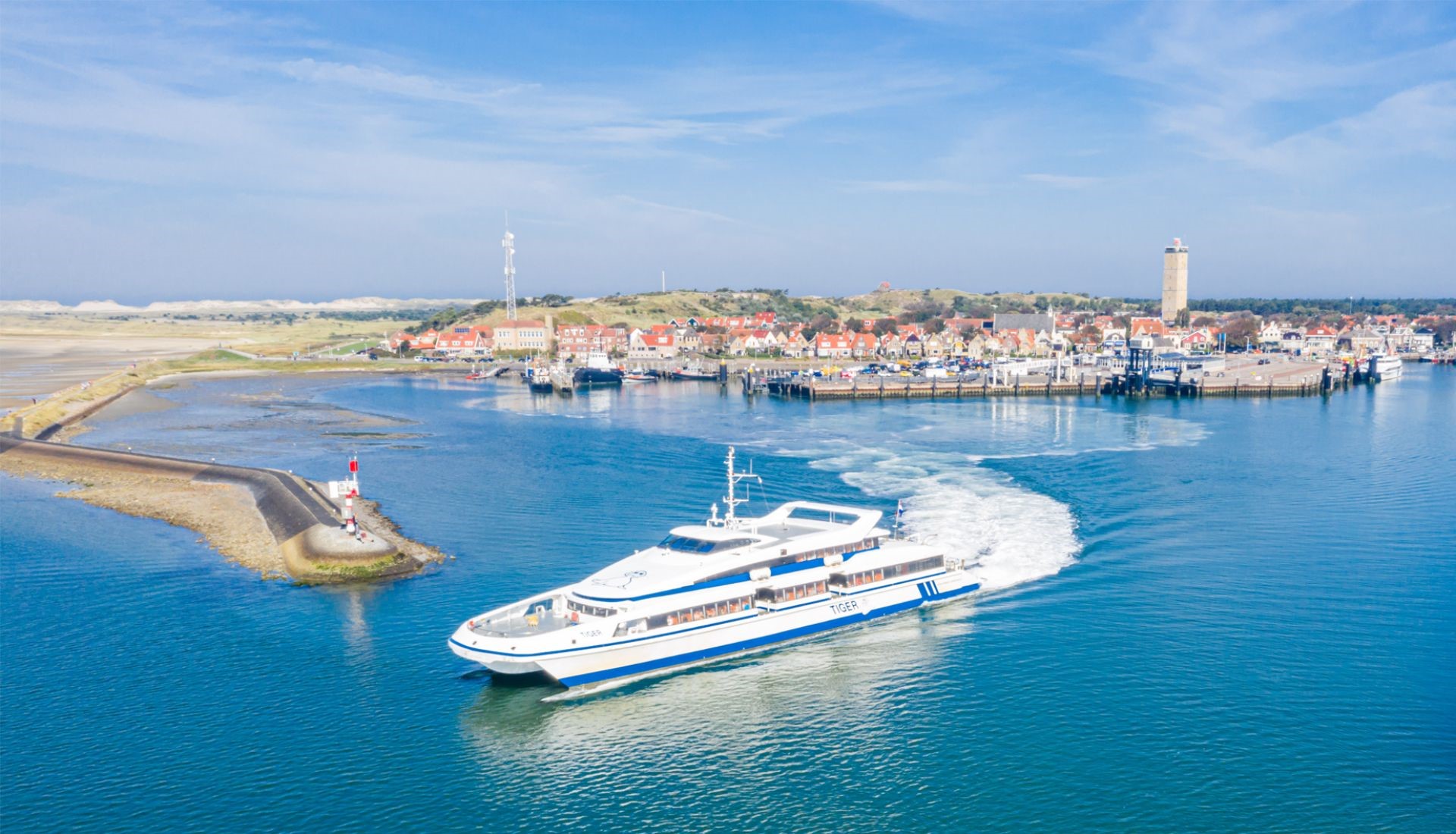
A similar story can be told for trucks. ‘We have 23 LNG fueling stations in the Netherlands and 500 trucks running on LNG,’ Cnubben points out. ‘If you are active in road transport, you can switch to LNG tomorrow and reduce your CO2 footprint considerably. Switching to green hydrogen is not that simple yet.’
The idea that LNG may well have a bright future in the Northern Netherlands was confirmed in November 2019 by the results of a 4-year research program, LNG Pilots, undertaken by the Northern Netherlands together with the German states of North Rhine-Westphalia and Lower Saxony, and supported by a consortium of 41 companies.
The main conclusion of the program was that the market parties involved in the project ‘have become convinced that (bio) LNG is an effective means of “greening” heavy transport and are prepared to invest in their fleet to switch to LNG.’ The participants in LNG Pilots said they expect a complete LNG infrastructure to be built in the coming years in the TopDutch region and Northern Germany to serve the road transport and shipping industry.
Green gas hubs
A less controversial option than LNG is biogas or biomethane (also called green gas), another substitute for natural gas that the TopDutch region is advocating. Ruud Paap, a colleague of Cnubben at New Energy Coalition, who specializes in green gas, notes that the Dutch government has set an ambitious target to produce 2 billion m3 of ‘green gas’ in 2030. That’s at least eight times as much as today. ‘The Northern Netherlands will play a key role in this effort,’ he says.
Paap notes that a large number of green gas initiatives are taking place in the region. One is a big biogas factory that is being built by Stercore in Emmen, with a capacity of 20 million m3. This will use natural fertilizer as feedstock. In the small town of Wijster, the first Dutch production of bio-LNG is taking place, although, according to Paap, this project is not without its challenges.
The plant in Delfzijl will be the first dedicated facility in Europe for the production of sustainable biofuel for the aviation sector.
In addition, over the past few years a number of ‘green gas hubs’ have been built in the region, says Paap. Here biogas is collected, mostly from farmers, and upgraded into biomethane. The advantage of biomethane over ordinary biogas is that it can be fed into Gasunie’s existing pipeline network and mixed with natural gas.
For Gasunie this is a great way to make its natural gas more sustainable. But the company is not satisfied with collecting biomethane. It is also investing in several startups that are trying to improve biogas production technologies. It has an interest in the company Torrgas, which has developed a new process to make gas from biomass. Torrgas has demonstrated its technology in a pilot plant at the DNV GL lab in Groningen. Hans Duym of Gasunie expects that in 2020 the decision will be taken to build a 25 MW factory in Delfzijl. ‘If this proves successful, it may be followed by more of these plants.’
Gasunie also has an interest in the company SCW in Alkmaar in the province of North Holland, which is developing an entirely new biogas production technology, called supercritical gasification. If this pilot is completed successfully, Gasunie is planning to build 3 full-scale 250 MW supercritical gasification plants in different parts of the Netherlands, says Duym.
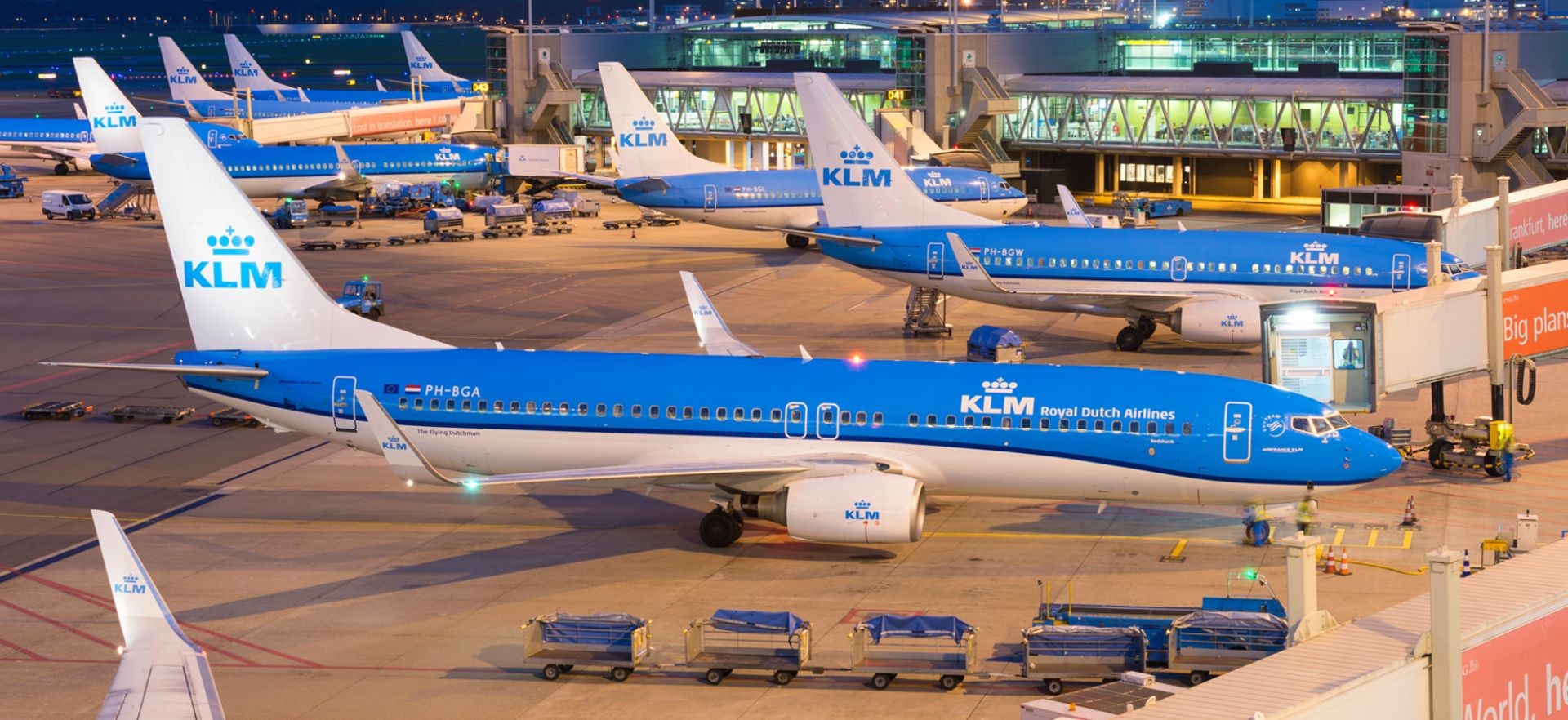
Finally, Gasunie and Nouryon are involved in a potentially groundbreaking project being undertaken by the company Sky Energy: the construction of a 40 MW plant in Delfzijl to produce biokerosene for use in airplanes. It will be the first dedicated plant in Europe for the production of sustainable biofuel for the aviation sector. What is more, Sky Energy’s plant will run on … green hydrogen.
CONTACT
Join TopDutch
So what will be your next move? How will your company play a leading role in the worldwide energy transition? Contact our network of knowledge-intensive institutions and innovative and entrepreneurial companies. You’ll soon see for yourself how quickly things get done here in the Northern Netherlands.
sign up for our newsletter!
"*" indicates required fields
